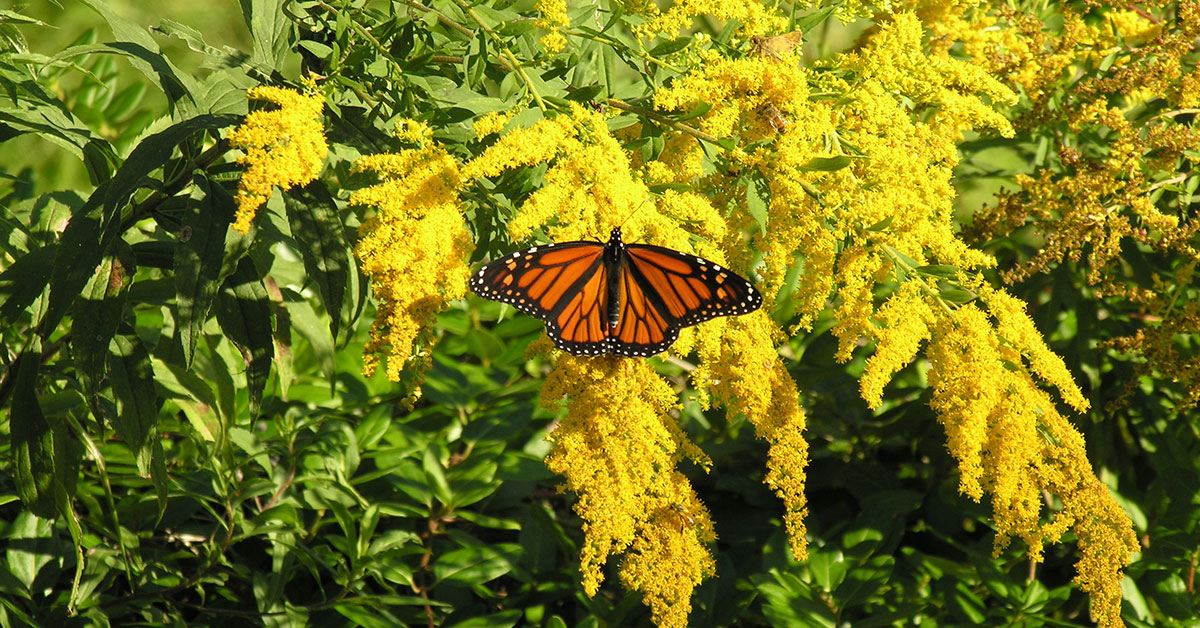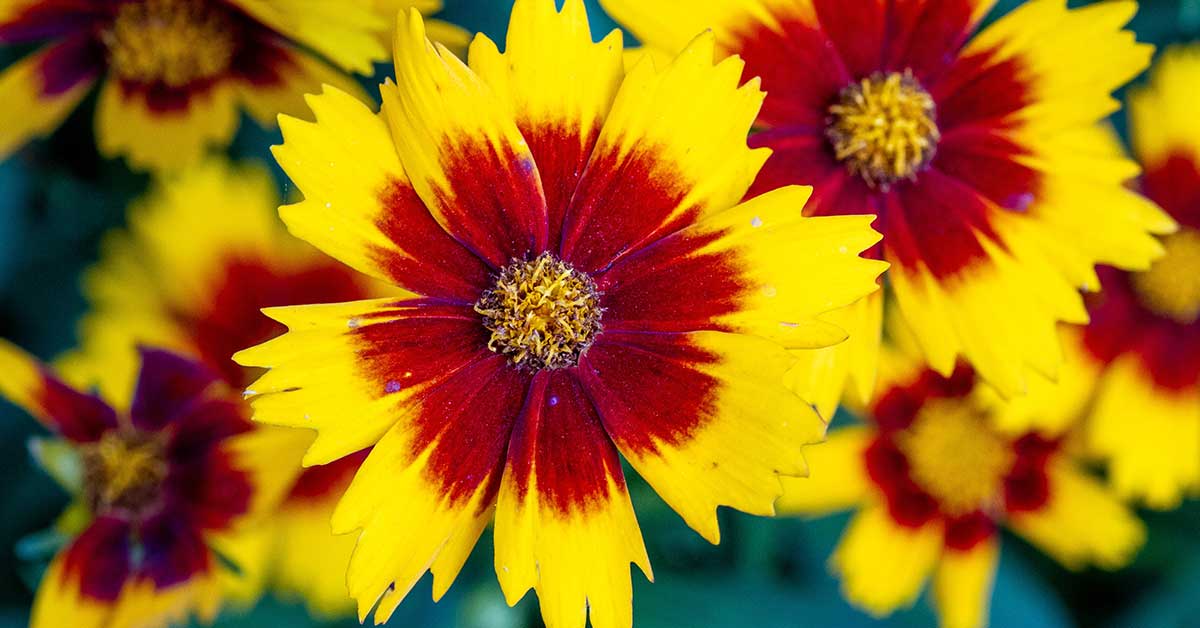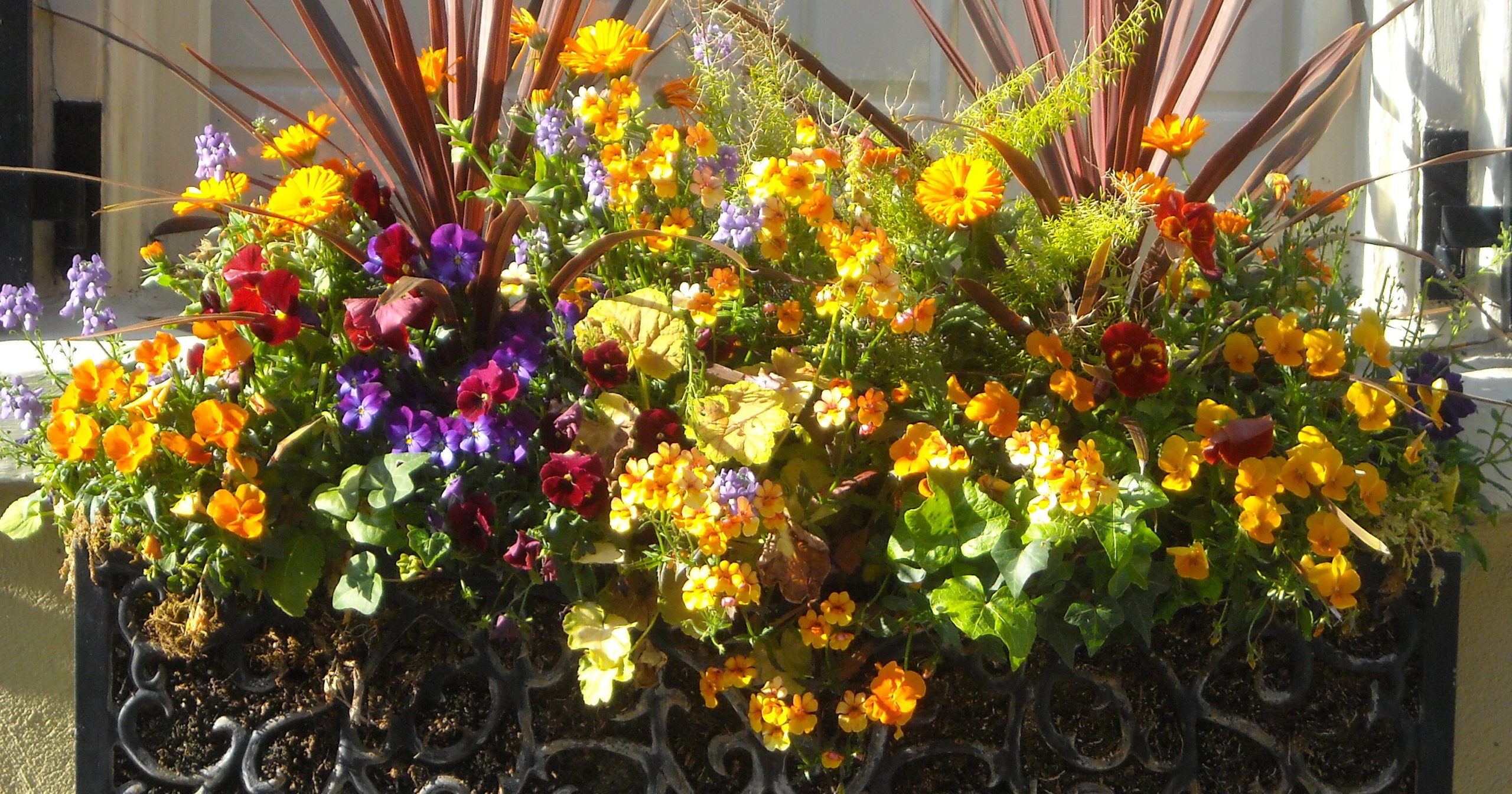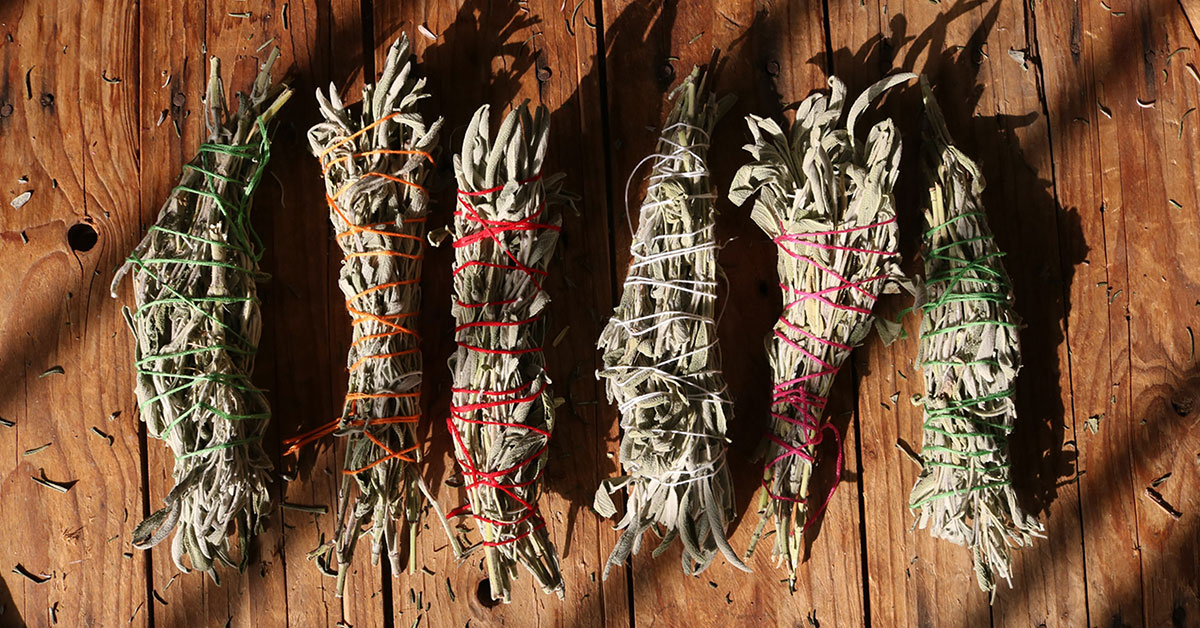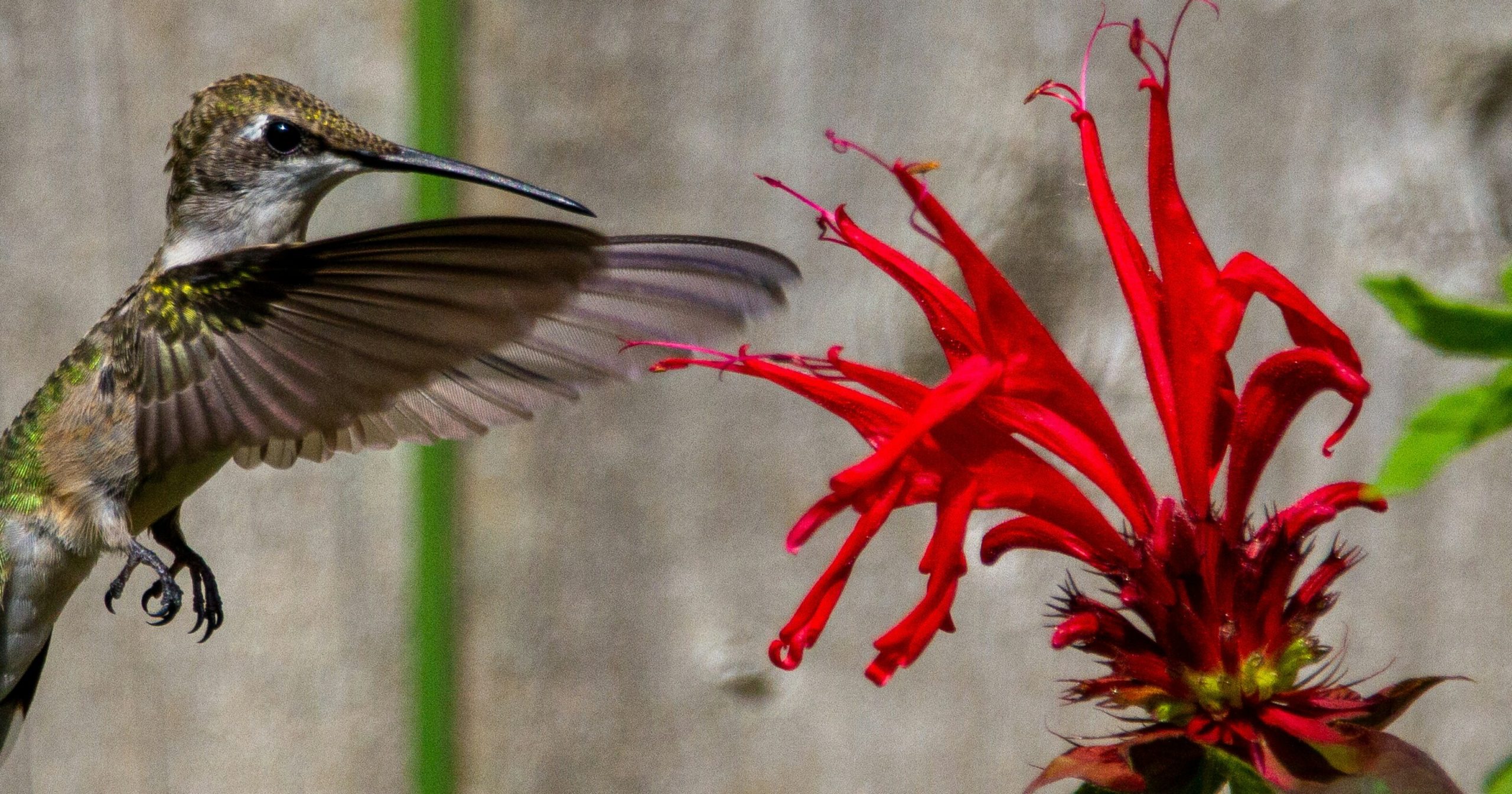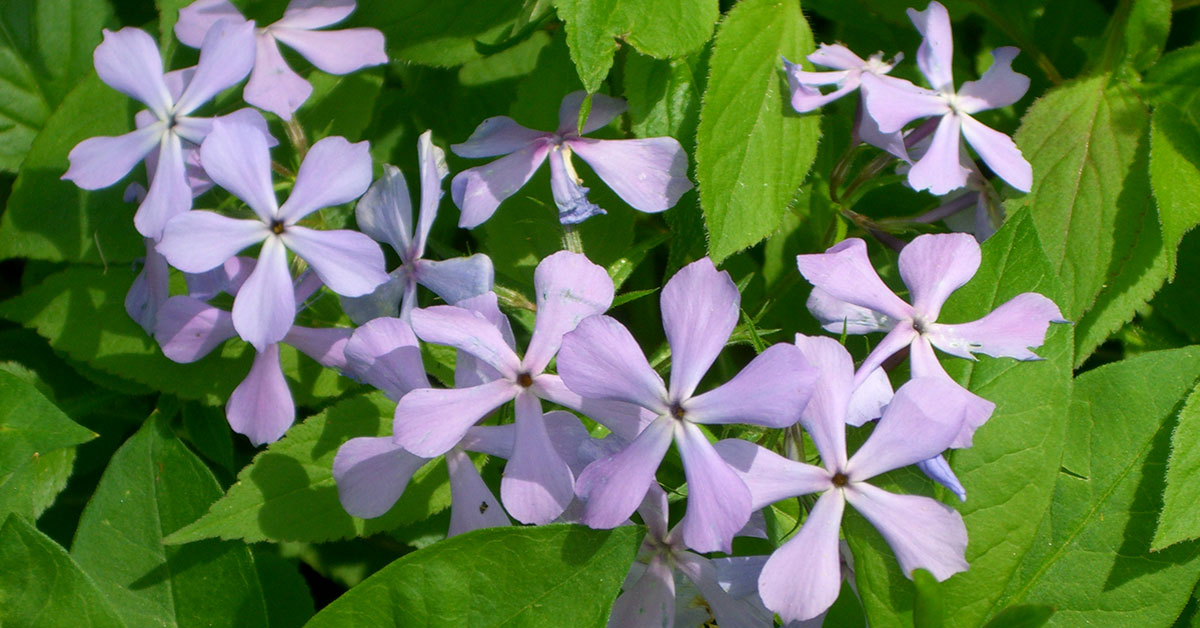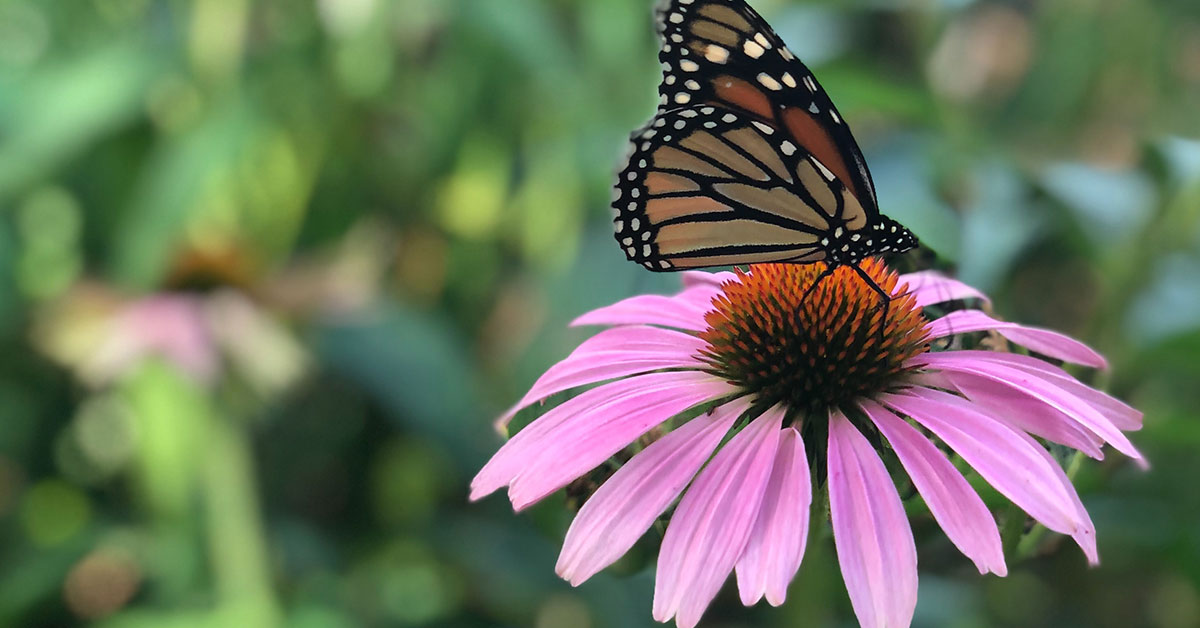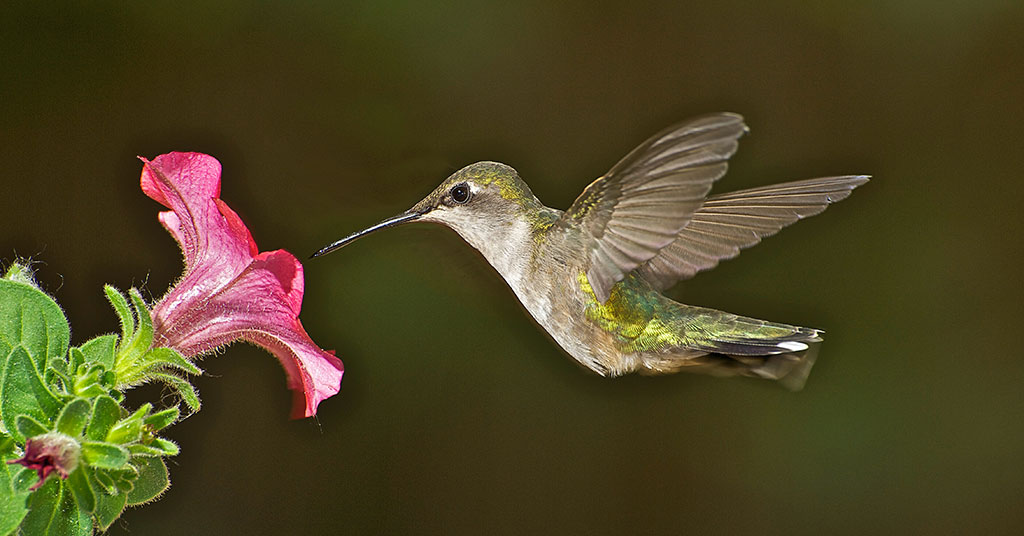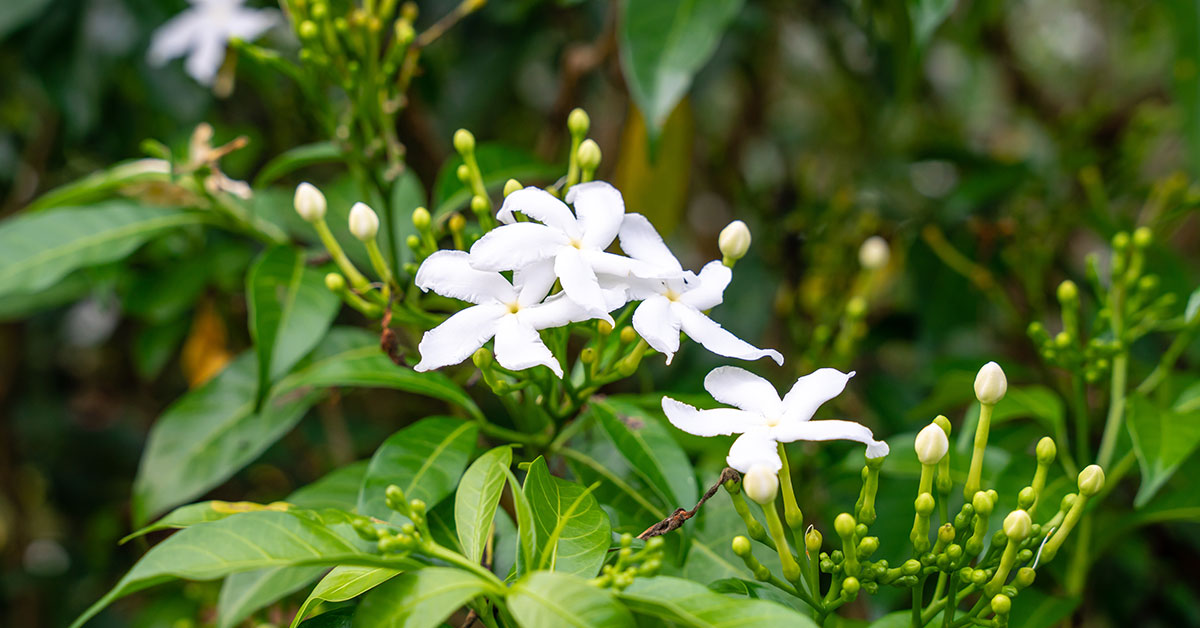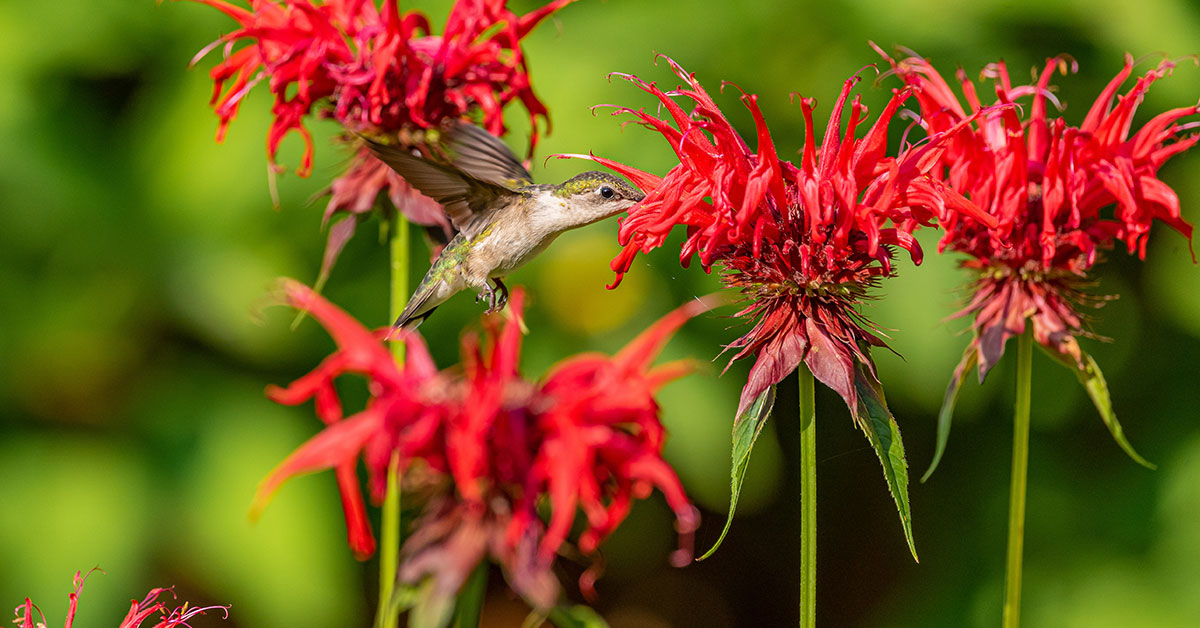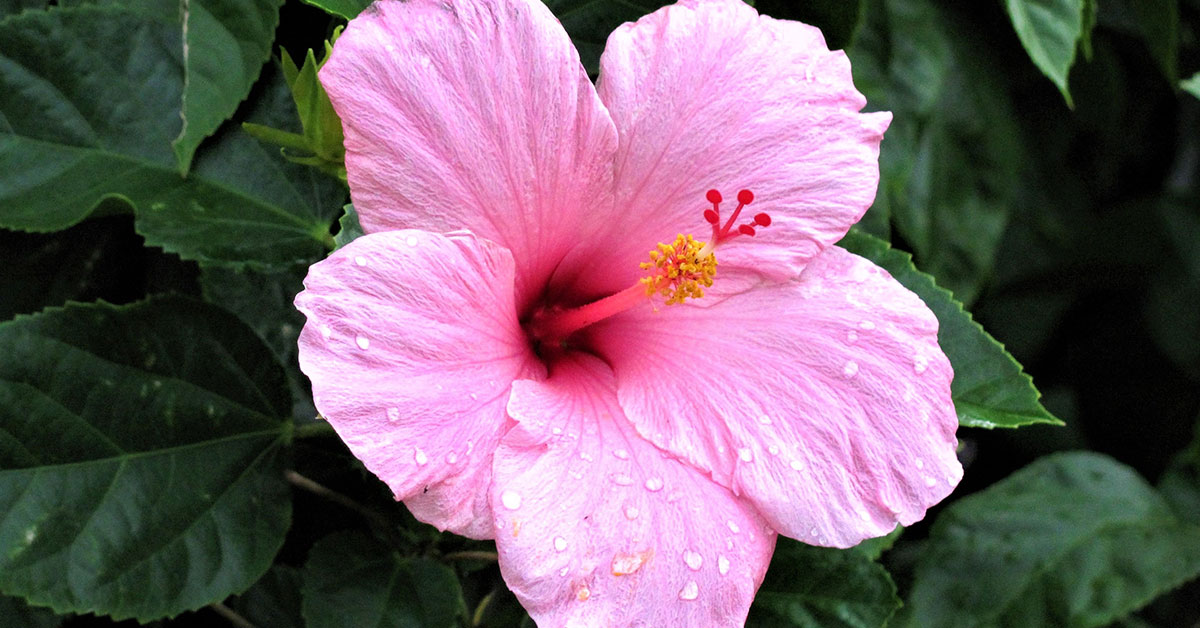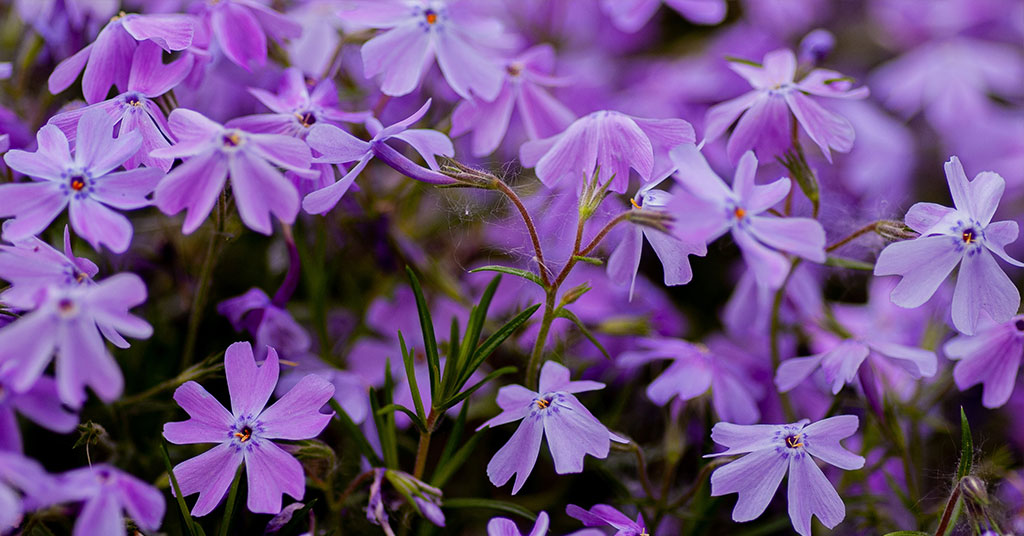Goldenrod is a vibrant and versatile flowering plant that belongs to the Asteraceae family. With its striking golden-yellow blossoms, goldenrod adds a touch of sunshine to any landscape.
Widely distributed across North America and parts of Europe, this plant has captured the attention of botanists, gardeners, and nature enthusiasts alike. Let’s explore the various species of goldenrod, their unique characteristics, and the benefits they bring to our environment.
What is Goldenrod?
Goldenrod, scientifically known as Solidago spp., is a beautiful and vibrant flowering plant that belongs to the Asteraceae family. There are over 100 species of Goldenrod, and they are native to North America, although some species can be found in Europe and Asia as well.
These perennial plants are known for their tall stalks, usually reaching heights between 2 to 6 feet. They feature dense clusters of small, yellow flowers that bloom in late summer and early fall, adding a burst of color to gardens, meadows, and roadsides. Goldenrod plants are also recognized for their narrow, lance-shaped leaves that often have serrated edges.
Despite its beauty, Goldenrod has often been misunderstood and unfairly blamed for causing hay fever. Contrary to popular belief, Goldenrod is not an allergen. The true culprit behind seasonal allergies is usually ragweed, which blooms around the same time as Goldenrod. The wind-pollinated ragweed releases large amounts of pollen into the air, causing allergic reactions that many people experience.
In addition to their ornamental value, Goldenrod plants serve important ecological roles. They are a vital source of food and nectar for bees, butterflies, and other pollinators, helping to support biodiversity and maintain healthy ecosystems. Goldenrod also acts as a natural soil stabilizer, preventing erosion and providing habitat for various small animals and insects.
It has been used for its medicinal properties by indigenous peoples for centuries. It has traditionally been used to treat conditions such as urinary tract infections, kidney stones, and respiratory illnesses. Today, Goldenrod is still recognized for its potential health benefits, including anti-inflammatory and diuretic properties.
Where is Goldenrod native?
Goldenrod is a stunning flowering plant that belongs to the Asteraceae family. It is native to North America and can be found in a variety of habitats, from prairies and meadows to woodlands and coastal areas.
- Native Range:
Goldenrod is primarily native to North America, with its range extending from Canada down to Mexico. It is also found in some parts of Europe and Asia, where it has been introduced as an ornamental plant. However, its natural habitat and biodiversity are most prominent in North America.- Kentucky: The state of Kentucky boasts an impressive variety of Goldenrod species. The plant is well-adapted to the state’s diverse landscapes, ranging from the Appalachians to the Bluegrass region.
- Missouri: Known as the “Show-Me State,” Missouri is home to numerous Goldenrod species. The plant thrives in Missouri’s prairies, woodlands, and glades, contributing to the state’s rich natural heritage.
- Texas: With its vast land area and diverse ecosystems, Texas provides a suitable habitat for many Goldenrod species. The state’s prairies, savannas, and coastal areas are often adorned with the vibrant yellow blooms of Goldenrod.
- Michigan: Goldenrod is a common sight in Michigan, particularly in the state’s meadows, wetlands, and along its Great Lakes coastline. The plant’s ability to grow in a variety of habitats makes it well-suited to Michigan’s ecological mosaic.
- Florida: Despite being known for its tropical climate, Florida is also home to several Goldenrod species. These plants can be found in Florida’s wetlands, coastal areas, and even in some upland habitats.
How to start from seed
Goldenrod is a beautiful perennial flower that adds a burst of golden hues to any garden. If you want to grow your own Goldenrod plants, starting them from seed is a cost-effective and rewarding option.
- Choosing the right seeds: Goldenrod seeds can be obtained from reputable nurseries or online seed suppliers. Look for fresh, high-quality seeds that are specific to the Solidago species you desire, as there are various types of Goldenrod available.
- Preparing the soil: Goldenrod thrives in well-draining soil with a pH level between 5.5 and 7.5. Before sowing the seeds, ensure that the soil is loose, fertile, and free from weeds. If needed, amend the soil with organic matter such as compost to improve its texture and nutrient content.
- Sowing the seeds: Goldenrod seeds are tiny, so it’s best to sow them indoors first. Fill seed trays or small pots with a seed-starting mix, which provides a loose and well-draining medium for germination. Spread the seeds evenly on the surface of the soil, lightly pressing them down, but do not cover them with soil as they require light to germinate.
- Providing optimal conditions: Goldenrod seeds require consistent moisture and warmth to germinate. Place the seed trays in a warm location with temperatures around 65-75°F (18-24°C). Use a misting spray bottle to keep the soil consistently moist but not waterlogged. You can cover the trays with clear plastic wrap or a humidity dome to create a greenhouse-like environment.
- Germination and transplanting: Goldenrod seeds typically take around 2-3 weeks to germinate. Once the seedlings have emerged and developed a few true leaves, they can be transplanted into individual pots or directly into the garden. Transplant them carefully, ensuring that the roots are not disturbed.
- Hardening off and planting: Before planting seedlings outdoors, they need to be gradually acclimated to the outdoor conditions. This process, known as hardening off, involves exposing the plants to increasing amounts of sunlight and outdoor temperatures over a period of 1-2 weeks. Start by placing them in a sheltered location and gradually increase their exposure to direct sunlight.
- Choosing the right location: Goldenrod thrives in full sun or partial shade. Choose a location in your garden that receives at least 6 hours of direct sunlight per day. Ensure that the soil is well-draining and does not retain excessive moisture, as it prefers slightly dry conditions.
- Planting in the garden: Dig a hole in the prepared garden bed that is slightly larger than the root ball of the Goldenrod seedling. Place the seedling in the hole, backfill it with soil, and gently firm it around the roots. Water thoroughly after planting to help the plant establish itself.
How to grow this plant in your garden
Goldenrod is a beautiful and vibrant perennial plant that can add a touch of golden color to any garden. Known for its clusters of bright yellow flowers, it is a favorite among gardeners and pollinators alike. If you’re interested in growing this stunning plant in your own garden, here are some tips to help you get started:
- Choose the Right Variety: There are over 100 species of Goldenrod, so it’s important to choose the right one for your garden. Some popular varieties include Solidago canadensis (Canada goldenrod) and Solidago rugosa (rough-stemmed goldenrod). Consider factors such as height, flower size, and blooming period when selecting a variety.
- Select a Suitable Location: Goldenrod thrives in full sun to partial shade, so choose a location in your garden that receives at least 6 hours of direct sunlight per day. The soil should be well-draining and rich in organic matter. Avoid planting Goldenrod in low-lying areas that may become waterlogged.
- Prepare the Soil: Before planting, prepare the soil by removing any weeds or grass and loosening it with a garden fork or tiller. Incorporate compost or well-rotted manure to improve the soil’s fertility and drainage. Goldenrod prefers a soil pH of 5.5 to 7, so adjust the pH if necessary.
- Planting Goldenrod: They can be planted either from seeds or nursery-grown plants. If starting from seeds, sow them directly into the prepared soil in early spring or fall. For nursery-grown plants, dig a hole slightly larger than the plant’s root ball and place it in the hole. Backfill with soil and firm it gently around the plant.
- Watering and Maintenance: After planting, water the Goldenrod thoroughly to help establish its roots. Once established, it is relatively drought-tolerant and only needs occasional watering during dry periods. Avoid overwatering, as it can cause root rot. Apply a layer of mulch around the plants to help retain moisture and suppress weed growth.
- Pruning and Deadheading: Goldenrod generally requires minimal pruning. However, you can remove spent flower spikes to encourage new growth and prolong the blooming period. Deadheading also prevents self-seeding, which can be beneficial if you want to prevent Goldenrod from spreading too much in your garden.
- Pest and Disease Control: They are a relatively pest and disease-resistant plant. However, it can attract aphids, spider mites, and leafhoppers. Regularly inspect your plants for any signs of infestation and treat them with an appropriate organic insecticide if necessary. Proper spacing and good air circulation can also help prevent fungal diseases.
- Division and Propagation: It can be divided every 3 to 4 years in early spring or fall to maintain its vigor. Dig up the plant and carefully separate the clumps into smaller sections, ensuring that each section has a good portion of roots. Replant the divisions at the same depth as the original plant and water them well.
Interesting facts about Goldenrod
Goldenrod, also known as Solidago spp., is a vibrant and captivating plant that is native to North America. While it often gets a bad reputation for causing allergies, there is so much more to this beautiful flower.
- Medicinal Uses: Goldenrod has a long history of medicinal use by indigenous peoples. It is known for its anti-inflammatory properties and has been used to treat conditions such as urinary tract infections and kidney stones. It is also believed to have diuretic properties and can help with detoxification.
- Biodiversity: Goldenrod is a crucial part of the ecosystem as it provides food and shelter for a variety of insects and birds. Bees, butterflies, and other pollinators are particularly attracted to the bright yellow flowers. By planting this flower in your garden, you can support local biodiversity.
- Symbolism: In the language of flowers, Goldenrod symbolizes encouragement and good fortune. It is often associated with positivity and spreading joy. In some cultures, it is believed that having Goldenrod in your home brings good luck and prosperity.
- Drought-tolerant: This is a hardy plant that can thrive in various conditions, including drought. It has deep root systems that allow it to withstand periods of low rainfall, making it a great choice for gardens in arid regions.
- Fall Blooms: While many flowers fade away as summer ends, Goldenrod shines during the fall season. Its vibrant yellow flowers add a burst of color to gardens and landscapes, making it a popular choice for fall floral arrangements.
- Invasive Misconception: It is often mistaken for being an invasive plant, but in reality, it is not. The misconception arises from its tendency to grow in disturbed areas such as roadsides and fields. However, it does not aggressively spread or choke out other plants like true invasive species.
- Culinary Uses: Surprisingly, this plant has culinary uses as well. Its young leaves and flowers can be added to salads, soups, and teas. The leaves have a slightly bitter taste, similar to arugula, and can add a unique flavor to dishes.
Goldenrod is a versatile and remarkable plant that offers much more than meets the eye. From its medicinal properties to its role in supporting biodiversity, this vibrant flower deserves appreciation. So, the next time you come across Goldenrod, take a moment to admire its beauty and remember these fascinating facts.
